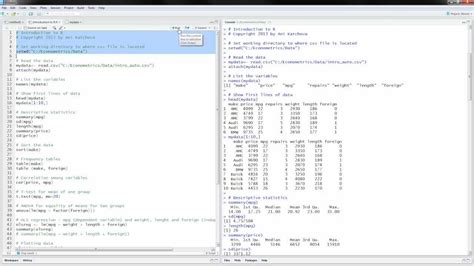How to Write SEO-Friendly Blog Posts that Rank
Want to write blog posts that Google loves and readers devour? The key is mastering Search Engine Optimization (SEO). This guide will walk you through the process of crafting compelling, high-ranking content.
Understanding SEO Fundamentals
Before diving into the writing process, let's cover some SEO basics. SEO isn't just about keywords; it's about creating valuable, relevant content that satisfies both search engines and your audience.
Keyword Research: The Foundation of SEO
Effective keyword research is crucial. You need to identify the terms people actually use when searching for information related to your topic. Tools like Google Keyword Planner, Ahrefs, and SEMrush can help you find relevant keywords with decent search volume and low competition. Focus on:
- Primary Keywords: These are your main target keywords, the core focus of your blog post.
- Secondary Keywords: These are related terms that support your primary keywords and broaden your reach.
- Long-Tail Keywords: These are longer, more specific phrases that often have less competition. For example, instead of "SEO," you might target "how to improve SEO for small businesses."
On-Page Optimization: Fine-Tuning Your Blog Post
Once you've identified your keywords, it's time to optimize your blog post itself:
- Title Tag: Craft a compelling title that includes your primary keyword. Keep it concise and under 60 characters to avoid truncation in search results.
- Meta Description: Write a captivating meta description (around 150-160 characters) that entices clicks. Include your primary keyword naturally.
- Header Tags (H1-H6): Use header tags to structure your content logically. Your H1 should be your main title, and subsequent headers should incorporate your keywords strategically.
- Image Optimization: Use relevant images and optimize their alt text with keywords.
- Internal Linking: Link to other relevant posts on your website to improve site navigation and distribute link juice.
- External Linking: Link to reputable external sources to build credibility and authority.
Crafting Engaging, SEO-Friendly Content
Now comes the fun part: writing! Remember, SEO-friendly content isn't about keyword stuffing; it's about creating valuable content that naturally incorporates your keywords.
Write for Your Audience, Not Just Search Engines
Focus on providing real value to your readers. Answer their questions, solve their problems, and offer unique insights. Authenticity resonates with both readers and search engines.
Structure Your Content for Readability
Use short paragraphs, bullet points, subheadings, and visuals to break up large blocks of text. This improves readability and keeps readers engaged.
Optimize Your Keyword Usage
Integrate your keywords naturally throughout your content. Don't force them into sentences where they don't fit. Aim for a natural keyword density that enhances readability, not hinders it.
Off-Page Optimization: Building Authority
Off-page SEO focuses on building your website's authority and reputation. This includes:
- Backlinks: Earn high-quality backlinks from reputable websites. These are essentially votes of confidence from other sites, signaling to Google that your content is valuable.
- Social Media Promotion: Share your blog posts on social media platforms to increase visibility and drive traffic.
- Guest Blogging: Write guest posts for other websites in your niche to earn backlinks and expose your content to a wider audience.
Measuring Your Success
Track your blog post's performance using Google Analytics and Google Search Console. Monitor metrics like organic traffic, keyword rankings, and time on page to assess your success and identify areas for improvement.
By following these steps, you can create SEO-friendly blog posts that rank higher in search results, attract more readers, and establish your online presence. Remember, consistency is key! Keep creating valuable content, and you'll see positive results over time.
